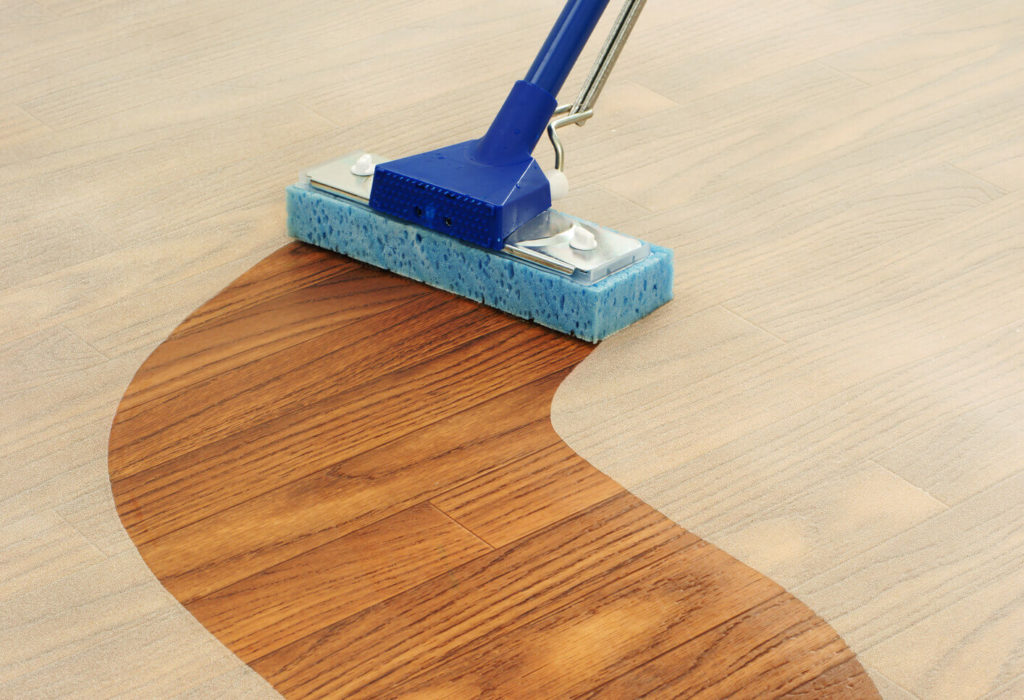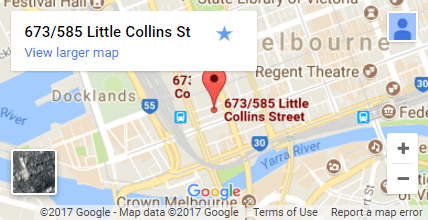So you’ve decided to tackle sanding and polishing your wooden floors yourself. Good for you – there’s nothing quite like the satisfaction of a DIY job well done. But before you dive in headfirst, it’s important to understand the basics. Floor sanding & polishing Melbourne wooden floors is a multi-step process that requires patience and the right tools and techniques to get professional-looking results.
In this article, we’ll walk you through everything you need to know to sand, stain, seal, and polish your wooden floors like a pro. From choosing the proper grits of sandpaper to applying the finish coat, we’ve got you covered. By the time you’re done reading, you’ll be fully prepped and ready to transform your tired, worn floors into smooth and glossy showpieces. So grab your safety goggles, dust mask and your favorite playlist – it’s time to make some sawdust!
Why Sand and Refinish Wood Floors?
Why go through all the trouble of sanding and refinishing your wood floors? There are a few good reasons:
- Looks like new again. Over time, wood floors get scratched, dulled, and just plain worn out. Sanding removes the top layer to reveal fresh wood underneath. Then a new finish protects the wood and restores the shine. Your floors will look as good as the day they were installed.
- Improved durability. As wood floors age, the protective finish starts to break down. Sanding removes the old finish so you can apply a new, tougher one like polyurethane. This provides a durable shield against scratches, stains, and moisture damage. With regular care and maintenance, the new finish can last for years.
- Fix damage or stains. Do you have pet stains, water damage, or deep scratches in your wood floors? Sanding and refinishing may be the only way to remove these issues and restore an even appearance. The sanding process grinds away the top layer of wood, removing the damaged or stained areas. Then a new finish is applied to the smooth surface.
- Change the color. Want to go darker or lighter with your wood floors? Sanding provides a blank canvas so you can stain the wood a new color before adding the final finish. You can dramatically transform the look of your space with a color change.
- Improved value. Refinished hardwood floors can significantly increase a home’s resale value. Buyers will appreciate floors that look brand new, are highly durable, and have minimal damage or wear. The cost to refinish floors is often much less than installing new floors, so you get a great return on investment.
Sanding and refinishing wood floors does require time, effort, and patience. But for many homeowners, the rewards of refreshed, rejuvenated floors are well worth it. Your home will look and feel brand new again!
Tools and Supplies You’ll Need
To get your floors looking like new again, you’ll need to gather some essential tools and supplies.
- A floor sander, either a drum sander, orbital sander, or belt sander depending on the condition of your floors. Rent one from your local hardware store. These powerful sanders can remove years of grime and damage in no time.
- Sandpaper in progressively finer grits. Start with coarser 40-60 grit to sand out major imperfections and scratches. Then work your way to finer 80-120 grit for smoothing. Finish with ultra-fine 150-220 grit for a glassy surface.
- A shop vacuum to clean up dust between sanding with different grits. You’ll be amazed at how much sawdust these machines can generate! A dust mask, ear protection, and safety goggles are also must-haves.
- Tack cloths to wipe away remaining dust before applying the finish. These sticky cloths grab onto even the finest particles.
- Floor finish or polyurethane to protect and seal the wood. For high-traffic areas, an oil-based finish is most durable. Water-based polyurethane has less odor and fumes but may require more frequent recoating.
- Paintbrushes, paint rollers, and paint trays to apply the floor finish. Foam or felt rollers and high-quality natural bristle brushes work best for smooth, even coverage.
- Mineral spirits for cleaning brushes and thinning oil-based finishes. Have plenty of old rags on hand too.
With the proper tools and supplies in hand, you’ll be well on your way to gorgeous, professional-looking floors. Take your time and be meticulous—the results will be well worth the effort!

Sanding Wood Floors: Techniques and Tips
Sanding wood floors is a labor of love that requires patience and the proper technique. When done right, you’ll have smooth floors that are ready for staining or sealing. Here are some tips to keep in mind:
Start with a coarse grit
Begin with a coarser grit sandpaper, around 40 to 60 grit. This will efficiently remove the top layer of finish and any damage. Work in the direction of the grain using a sanding block or electric sander. Vacuum thoroughly when done to remove dust before moving to progressively finer grits.
Move to medium then fine grits
Once the floor is evenly sanded with the coarse grit, switch to 100 to 150 grit sandpaper. Repeat the process, sanding in the direction of the grain. End with 220 to 320 grit for a glassy smooth finish. The finer the grit, the less visible the sanding scratches will be.
Sand edges and corners by hand
Edges, corners, and other tight spaces will need to be sanded by hand. Fold a piece of sandpaper in half or thirds to fit more snugly in your hand. Carefully sand just until the area blends in with the rest of the floor.
Consider renting a drum sander
For large floors or if you want to save time, rent an electric drum sander. Work slowly and carefully, as these powerful sanders can damage floors if used improperly. Make several passes with progressively finer grits of sandpaper, vacuuming thoroughly after each pass.
Final touches
Once sanding is complete, vacuum and wipe the entire floor with a tack cloth to pick up any remaining dust. Your floor is now ready for staining, sealing, or polyurethane. Apply at least two coats, waiting for each coat to dry as directed before adding the next.
With some elbow grease and patience, you’ll have wood floors smooth as glass. Take your time and be meticulous for professional-looking results. Your efforts will be well worth it!
Applying the Floor Finish: Polyurethane, Lacquer or Oil
Once you’ve finished sanding your floors smooth, it’s time to apply a protective finish. The three most common options for wood floors are polyurethane, lacquer, and oil. Which one you choose depends on the look and durability you want.
Polyurethane
Polyurethane is a popular plastic coating that provides a durable, protective finish. It comes in both oil-based and water-based formulas. Oil-based polyurethane has an amber tint that enhances the wood grain. Water-based is clear and dries faster, but may require more coats. Polyurethane provides the most protection for high-traffic, commercial areas. Apply 2-3 coats, waiting 2-3 hours between coats.
Lacquer
Lacquer is also a plastic coating, but it has a thinner consistency than polyurethane. It dries very quickly, allowing you to apply multiple coats in one day. Lacquer produces an ultra-smooth, glossy finish that magnifies the wood grain. However, it isn’t quite as durable as polyurethane. Lacquer works well for residential floors and areas with moderate traffic. Apply 3-4 coats, waiting just 30-60 minutes between coats.
Oil (Tung or Linseed)
Oil finishes like tung or linseed oil penetrate into the wood to protect while maintaining a natural feel. They provide light protection that requires frequent re-oiling. Oil brings out the deepest warmth and wood grain pattern. It gives floors an amber patina that darkens over time. Oil is best for areas with little foot traffic since it isn’t very durable. Apply 2-3 coats of oil, waiting 24 hours between coats. Re-oil every few months to maintain protection.
The finish you choose depends on the level of protection and sheen you want. Polyurethane and lacquer provide more protection for high-traffic areas, while oil is ideal if you want a natural wood look with light protection. No matter which finish you select, follow the directions carefully and maintain your floors regularly to keep them looking beautiful for years to come.
So there you have it, the basics of Floor sanding & polishing Melbourne in wooden floors to make them shine like new. While it may seem like an intimidating task, if you take it step by step and are patient through the process, you’ll have floors you can be proud of in no time. The results will be well worth the effort.
Your home will feel refreshed and rejuvenated. And the best part is, with regular maintenance like sweeping, mopping, and re-polishing when needed, your floors will continue to gleam for years to come. You’ve got this!
Tackle one room at a time, turn on some good tunes, and before you know it you’ll be sliding around in your socks on your smooth new floors. Unleash the true beauty of your timber floors with Timber Floor Sanding Melbourne. Our skilled craftsmen use state-of-the-art techniques to revive and restore your floors, creating a stunning finish that breathes new life into your space.


